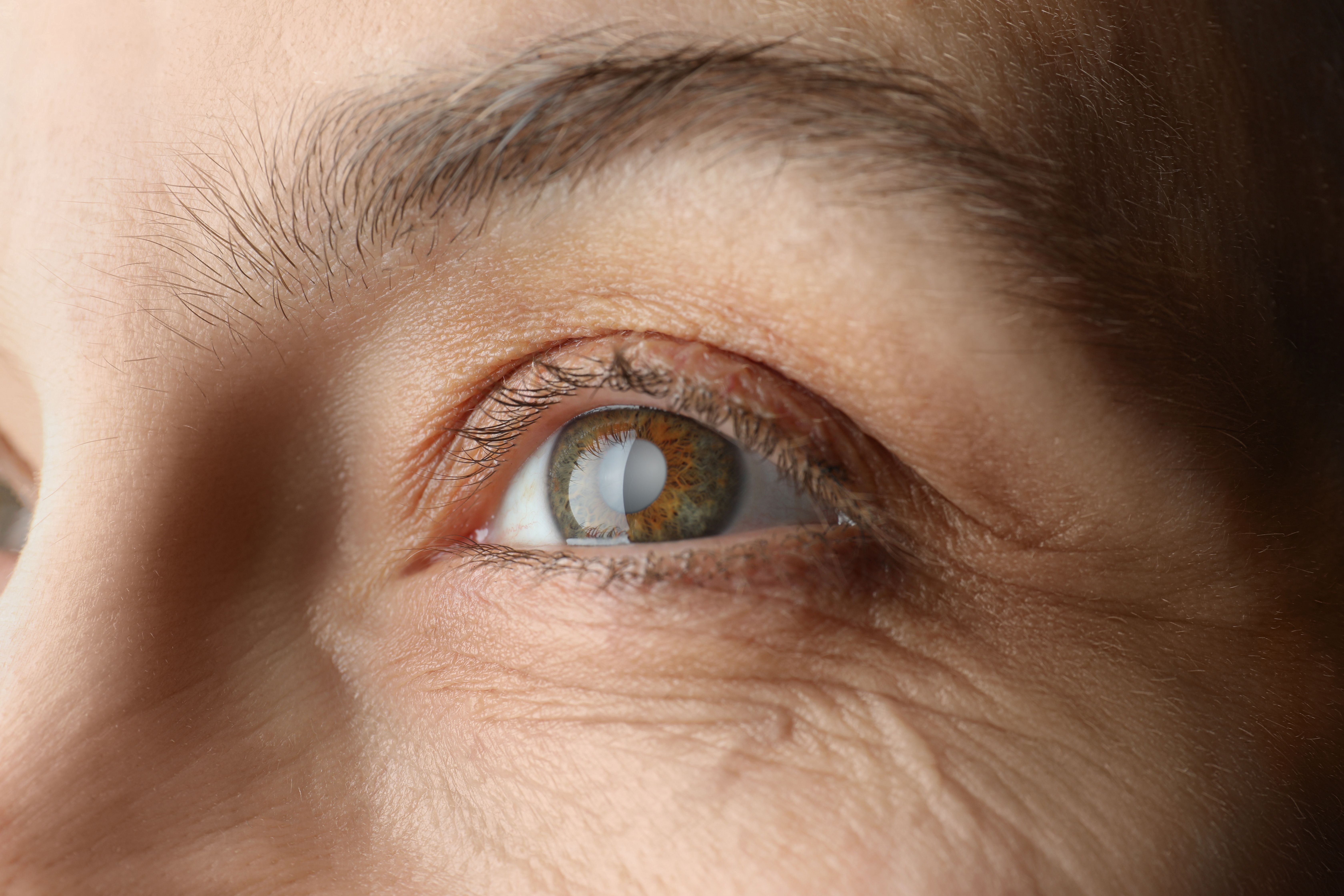Article
Visual Impairment Linked to Psychological Distress in Older Adults in Taiwan
Author(s):
Psychological distress has been shown to impact physical health, and proactive treatment of impaired vision might be one way to mitigate the risk of distress in older populations.
Psychological distress (PD) is a well-documented and common mental health problem among the global population, and it can also affect physical well-being. PD has many causes, and a recent study published in the Journal of Clinical Medicine found that visual impairment (VI) was associated with higher incidence of PD in older adults in Taiwan.
VI is common in older populations, affecting 11% of patients 55 years of age and older in Taiwan, according to past research. While many consider failing eyesight a natural part of aging, the reality is most conditions causing VI—including refractive errors and cataracts—can be relieved or resolved with prescription glasses or cataract surgery.
The potential association between VI and PD has been explored in past research, and PD has been shown to have a significant impact on all-cause mortality and a host of common health issues, such as heart disease. “Given the significant influence of PD on general health care, identifying and managing modifiable risk factors related to this issue are important to improve the quality of life and relieve social burdens,” study authors wrote.
The current study aimed to assess the relationship between VI and PD in adults aged 65 and older in Taiwan. A total of 10,798 patients with PD and 94,384 without PD were included in the overall cohort, and data were pulled from standard annual physical exams made available to older adults in Taiwan. Subgroup analyses were also conducted, stratifying patients by severity of VI.
The group of patients with PD had a higher percentage of individuals with VI compared with the group that did not have PD. Of the participants who had PD, 22.92% had low vision and 1.75% had blindness, while 19.52% of patients without PD had low vision and 1.21% had blindness.
Those with VI also had higher hazard ratios (HRs) for PD compared with patients without VI, and blindness showed a higher HR than low vision ([HR, 1.59; 95% CI, 1.37-1.83] and [HR, 1.16; 95% CI, 1.11-1.22], respectively). The 7-year cumulative incidence of PD was highest in blind participants (48.17%), then patients with low vision (36.60%), and patients with normal vision (30.61%; P<.0001 for all).
Other risk factors associated with PD were female sex; being single, widowed, or separated; less than high school education; smoking; and low body mass index (<18.5 kg/m2). Interestingly, hypertension, diabetes, and abnormal cholesterol were linked with lower HRs for PD than other patients.
Study authors theorize that the patients in this cohort may not have had severe complications from those metabolic conditions, which can cause fatal heart attacks or strokes among other complications. More research on the risk factors for PD could provide additional insights.
Despite limitations, particularly a lack of detail on individual types of PD in the cohort, the findings suggest that VI is independently and significantly associated with PD in older adults in Taiwan.
“This study clearly demonstrates the effect of VI on the psychological status of patients,” study authors concluded. “We suggest that early referral for VI examination and treatment should be implemented in clinical practice, particularly among patients suffering from psychological problems.”
Reference
Yen C, Fang I, Hu H, Weng S. Association of visual impairment with psychological distress in older adults: a survey of 105,092 older people in Taiwan. J Clin Med. Published online March 7, 2022. doi:10.3390/jcm11051458
Newsletter
Stay ahead of policy, cost, and value—subscribe to AJMC for expert insights at the intersection of clinical care and health economics.





